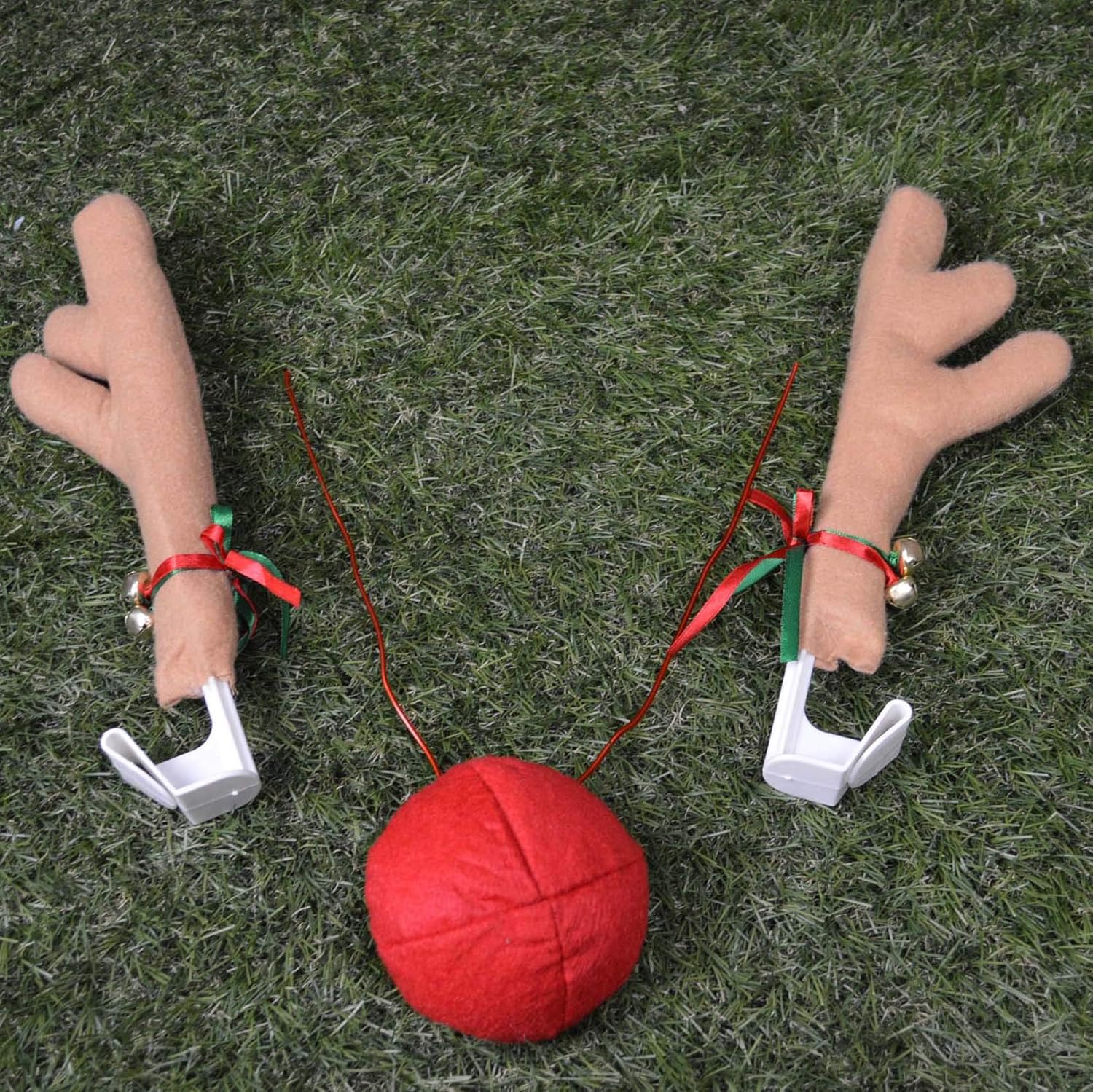About this deal
Reindeer are a vital part of life for several indigenous peoples in the arctic such as the Sami. They use reindeer the same way other people have used horses and cattle. Reindeer provide meat, milk, transportation, hides, etc. In most temperate climes, you may occasionally see reindeer in petting zoos or kept as exotic pets. However, they are not well suited to these environments. Antlers are the largest and most prominent feature of the deer family. These are big branching bones that grow from the top of the head. Some people may accidentally mistake them for horns, but the major difference is that horns are made from a different substance called keratin, which is also found in hair and nails. The other major difference is that antlers undergo an annual cycle of shedding and growth, whereas horns are normally kept for the animal’s entire lifespan (though the pronghorn is an exception). The Life Cycle of an Antler Male Caribou with a beautiful head of antlers on the fall tundra above the Toklat River, Alaska Range.
The reindeer (also known as a caribou) is a member of the deer family, native to the tundra, boreal forests, and mountains of the extreme frigid north. In human culture, it is a staple of northern mythology and art, a motif adorning coats of arms, and an important part of the Christmas tradition. The names reindeer and caribou are largely interchangeable, but depending on where you live, there may be different naming conventions. In Europe and Asia, these animals are always called reindeer, but in North America, they’re called caribou in their wild habitat and reindeer when domesticated. Caribou Migration: What Is It and Why Do They Do It? Just how far do reindeer travel when they migrate and where do they go? this article will give you the answers. Reindeer will grow their antlers for the first time at a very early age before they even reach puberty at around the age of two. The size and complexity of the antlers increase every year and then remain relatively fixed from the age of five onward. The annual development of the antlers is at least partially controlled by hormones. This ensures they reach their maximum size just in time for the reproductive season in the late fall. If you change the production of sexual hormones, then you can change the size and shape of the antlers. This can be observed in the fact that castrated males have similar antler cycles as females. Human Uses for Reindeer Antlers While antlers are primarily a male instrument, reindeer are the only members of the deer family in which females are able to grow antlers as well. The sexes can be distinguished from each other by the size and shape of their antlers. Male antlers grow more branching points and measure anywhere between 39 inches and 53 inches in beam length, whereas the female antlers only measure about 20 inches and generally have a simpler structure. Another important difference is that females tend to retain their antlers long after the mating season, only shedding them until they’ve produced calves sometime in the spring. The size of the female antlers may help to determine same-sex hierarchy and access to preferential feeding grounds in the winter. This is particularly important during pregnancy, which requires a considerable amount of food intake to sustain. With better access to food, the healthiest females with the largest antlers are more likely to produce viable offspring. Consequently, in places where food is more abundant, reindeer do not compete as much for resources. Antlers suddenly become a costly encumbrance, because they require energy to grow.The reindeer (also known as a caribou) is a member of the deer family, native to the tundra, boreal forests, and mountains of the extreme frigid north. There are 14 recognized subspecies in the wild, plus two extinct subspecies, each of which has its own distinctive appearance and location. When the rut is finally complete, the reindeer will start shedding its antlers again in November or December. This is accompanied by several other anatomical changes, including the growth of a white winter coat, harder hooves to break through the ice and forage for vegetation, and a transformation of the iris color from gold to blue. The males will have completely shed all antlers by the end of the year. Antler Size and Sexual Differences A female reindeer with her calf in the springtime.
 Great Deal
Great Deal 